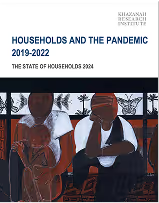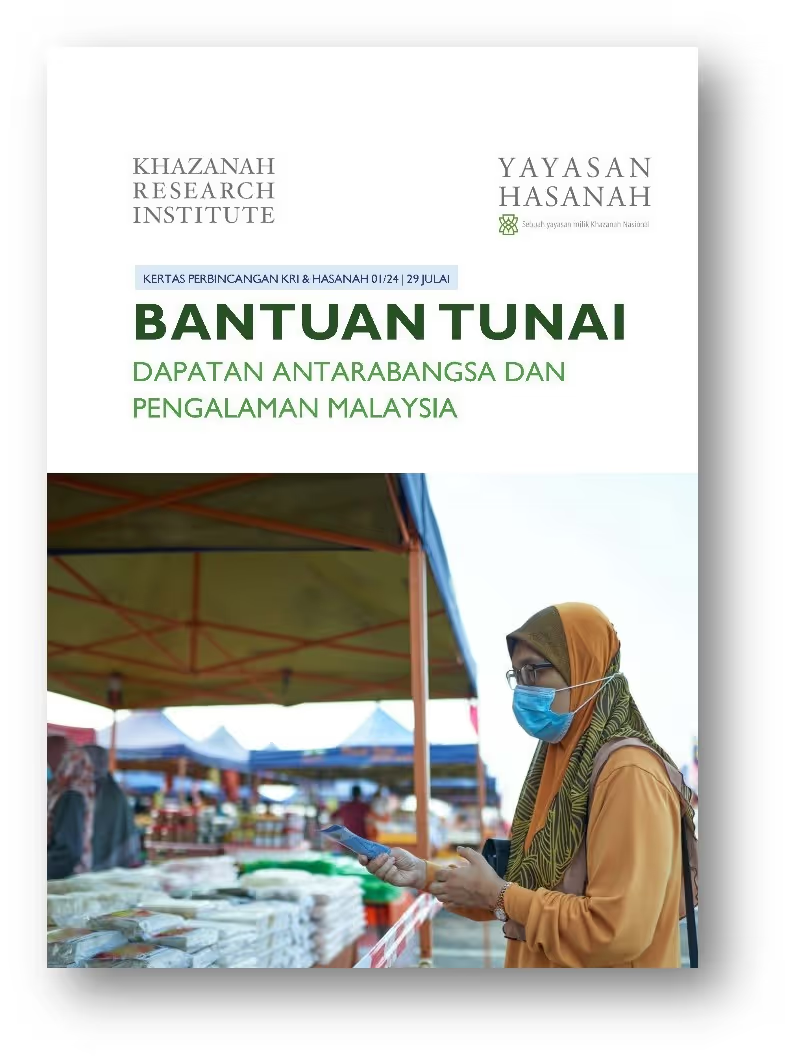
What we are reading
The Development of Malaysian Capitalism: From British Rule to the Present Day, by Elsa Lafaye de Micheaux, Strategic Information and Research Development Centre, 2017
Pick up any economics textbook in store today and it is likely that one would find in it a stylised, homogenised picture of how an economy ought to function. Economics taught in classrooms generally offer simplified templates of how markets work, market dynamics under different sets of scenarios and conditions, and sources of market failure with measures to address them. Real economies however, rarely conform to any single economic model cleanly.
When one looks at the experience of Malaysia, with its mostly unconventional economic story, one would find it hard to fit Malaysia into the standard narrative in the textbooks. As we welcome the seventh decade of Independence, Malaysians will rightly want to reflect on the progress this nation has made so far – the actions and consequences of policies made in the past and the trajectory of the nation’s evolution as it embraces the future.
Enter Dr Elsa Lafaye de Micheaux, a French political economist, with her book that records her honest and commendable attempt in understanding Malaysia’s development story through economic, political, social and historical lenses, covering an immense time canvas stretching back from Malaya’s days as a colony of the British Empire to the modern nation state it is today. With this expansive and transdisciplinary approach, Dr Lafaye de Micheaux’s The Development of Malaysian Capitalism attempts to tackle a set fundamental questions relating to Malaysia’s economic development: How did Malaysia, which essentially began as a rural, traditional and relatively poor country, manage to orchestrate and successfully unleash its economic growth potential that made it an exemplary development case? Could this be explained by special but circumstantial sources of growth? Or perhaps be grounded in a historically and socially embedded set of institutions that managed to successfully sustain capital accumulation in the country? Throughout the book, Dr Lafaye de Micheaux makes the convincing case that the answers are yes and yes. In her pursuit to understand and answer these questions, she analysed Malaysia’s own unique strand of capitalism from different perspectives – burrowing deep into an extensive body of economic literature on this subject whilst piecing together historical accounts and records that provide useful context to the data. She supplements mainstream economics, which has largely been detached from history, with qualitative data and analysis that integrates empirical economics with other established social science methods, resulting in a rich and vivid account of Malaysia’s economic development story.
It is clear throughout Dr Lafaye de Michaeux’s writing that the bulk of the research evidence points to the fact that Malaysia – from a long-term perspective – has experienced stellar economic growth, successfully reduced gaps caused by colonial-induced inequalities and eradicated abject poverty amongst its people. This experience is made more remarkable given that it was achieved in no small part through far-reaching policies of socio-economic restructuring, principally through the New Economic Policy. The author gathers evidence that this redistribution in Malaysia was thoughtful, considered and guided with some precision. The author argues that this was why Malaysia was able to solve one of the biggest social challenges prevalent, to varying degrees, throughout Asia at the time: widespread poverty in rural areas. Whilst it is easy to observe that other ‘Asian miracle’ countries – the likes of South Korea, Hong Kong, Taiwan and Singapore – experienced more accomplished economic development, those countries did not face the same constraints faced by the country in terms of geographical disparity, fragmentation, population heterogeneity or heritage of an old, narrow economic structure limited to only a few rent productions such as tin and rubber during the colonial era.
Dr Lafaye de Micheaux then proceeds to build the case that Malaysia’s integration into globalisation can be described as a success, evidenced by the creation of entire sectors of the economy from foreign direct investments. This, coupled with improvements in income distribution and changes in working conditions, delivered a sustained and healthy growth for Malaysia. But more interestingly, she drives home the point that the state – ever present in the economy – built and directly guided this country’s development. Globalisation is harnessed both when Malaysian and foreign’ interests are aligned, as well as a coping mechanism to learn from the skills, standards and expertise of the world, developing the necessary institutions for local development. For example, multinational corporations were shown to be instrumental in the development of our economy; Penang is a classic textbook case of capitalistic development where they were explicitly attracted by conditions meeting their needs in financing, labour, technology and external demand for their products – a showcase of strength and dynamism derived from leveraging on the power of international firms. At the same time, a subtle game was regularly played with international powers and organisations, of which the Malaysian government brought in necessary changes that was in line with its interests while rejecting prescriptions when they are not welcome. The most famous example of such a case is Malaysia’s response to the Asian Financial Crisis of 1997, to which pegging the Malaysian Ringgit to the US Dollar went directly against conventional economic thinking espoused by the International Monetary Fund at the time.
What is unique then in terms of overall development is that Malaysia has largely been able to retain a large degree of sovereignty in the terms of its ability to autonomously implement its economic policy despite being deeply interwoven with globalisation and the world economy. As such, the country has managed to largely balance economic growth without excluding the broader Malaysian society from the gains of development. Dr Lafaye de Michaeux notes that Malaysia’s prosperity and capability of overturning the material conditions of life for the many helped cement the social fabric of the nation around a common project, asserting control of its collective history. She goes on to identify the several key stages that established and characterised Malaysia’s development as a sovereign nation that welcomed the world: strategic focus on imports, political rupture, openness to exports, welcoming of foreign capital, industrialisation, development of industrial public sector, opening-up of financial markets and rapid responses to crises.
However, this strand of economic growth did not come without cost, as Malaysia’s system of governance is by and large described as ‘quasi-democratic’ compared to usual standards of democratic norms, with semblance of authoritarianism that enables a ruling elite to hold the levers of power. This concern, as Dr Lafaye de Michaeux explains, is not a trivial one as Malaysia moves into the future. The development path from a low-income agrarian economy to a middle-income industry-driven economy is very different from one that will lead us to a high-income innovation-led economy. The author notes that economic rent capture – particularly by selected groups and political intermediaries – could have reduced investment capacities of private entrepreneurs, created unfavourable conditions for innovation, and blunted the development of an effective higher education system – all essential ingredients for a high-income economy. But the broader argument presented by Dr Lafaye de Michaeux is more nuanced and goes a step further. Even if we could overcome the challenge of creating a purely economic environment that is amenable to greater innovation, would it be sufficient for Malaysia to move ahead? How long could a nation maintain its economic development, modernisation and redistribution of wealth, with a positive anchoring to globalisation, without truly allowing the people to write their own history?
Dr Lafaye de Micheaux’s book, an ambitious attempt to cover a vast timespan on all aspects of Malaysia’s economic development, has limitations in terms of the depth of analysis. However, this is arguably not the intention of this book. Rather, this book illuminates the big picture of how Malaysia reached to where it is right now and doing so honestly and objectively. As such, this book will greatly enlighten not only economists, but anyone who is interested in economic history, political economy and Malaysia in its entirety. Since economists rank second only to astrologers in their predictive abilities, this book instead invites the readers to form judgements to where the country should be heading with the full picture in mind. What will future researchers, writing hopefully as Malaysia reaches its 100th Independence anniversary, say about today’s economy? How the future judges today is only constrained by our imagination, but a safe bet to say is that future researchers will always look to the story of Malaysian capitalism as a very curious case indeed.















